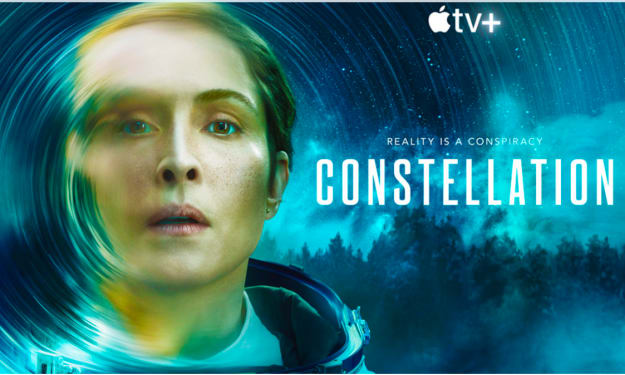Seeing is NOT believing
In the vicinity of black holes, space is so warped that even light rays may curve around them several times.

This phenomenon may enable us to see multiple versions of the same thing. That’s right, we can see the same exact thing, in several very different ways. While this has actually been known for several decades, only now do we have an exact, concise mathematical expression to prove it.
Sounds a little weird doesn’t it? Well, it is weird. This is the wondrous nature of our universe.
Want to get even weirder? Well, consider the following… time itself is flattened if the order of events is removed, and you will see countless versions of the same ‘image’. For instance, while a photon (or anything else for that matter) is moving at light speed, it doesn't experience the movement of time. However, if it's looping around a black hole many times, such that light photons which became entangled into a black hole arbitrarily sooner or later than earlier light approaching the black hole, you would undoubtedly get multiple images from the same source.
That’s assuming that any light at all would be able to escape the gravitational pull of the black hole, and make its way to your retina.
Let’s get weird-er… The time displacement of photons might actually help us with an indication of how fast the black hole itself is spinning and even perhaps for how long.
I imagine it's almost like nuclear radiation and that there is a half-life, but there might be primordial photons still orbiting the black hole since what falls deeper within its grasp might be random. Ugh, are you confused yet? No worries, everybody is when it comes to these things, we haven’t figured it all out… not even close!
Hold on to your hats because this gets even more mind-bending if we consider the following; in such a large gravity well as a back hole is, the "light speed" is going to change relative to the outside universe, so it's going to stretch space, LITERALLY. Therefore, the many various images you MIGHT see are potentially ‘slower’ relative to what an observer might actually witness if these physics were not applied.
Let’s not forget that since this enormous amount of gravity is going to cause kinetic forces to dampen, and all motion not within the orbit might be suppressed, such that going faster takes inordinate amounts of energy as it approaches light speed, vibrations would be oriented perpendicular to orbit, and might even be completely suppressed.
Okay, that might be a little overwhelming for some of us who aren't theoretical physicists or cosmologists, so let’s break it down into more simplified terms.
When light passes near a black hole, it’s photons can get caught in the overwhelming gravity field of said black hole. Causing the light to bend around the black hole itself. Because the gravity created by the black hole is so unimaginably strong, it changes the physics that would normally apply to everything in our universe. It also would affect the passage of time itself. So if light were to make its way to your retina one day as you look up into the night sky, it might very well show you something that is composed of multiple sources of light, and those light photons might also be from eons ago.
Being as blunt as possible, black holes are changing what we perceive in many ways. Not to worry, since we now know exactly how this process works, we can adjust our research and observations to compensate for these anomalies.
Just to be clear, I am not an expert on this subject, just a curious bystander with a smidge of intellectual ability and a large amount of curiosity.
Check out this article for more info about Albert Sneppen’s discovery of how the universe is reflected when passing near a black hole,
Additional Sources :
https://iopscience.iop.org/article/10.1088/0264-9381/32/6/065001
About the Creator
Dominic Dauphinais
Just another wordsmith exploring the depths of his imagination through short stories. Maybe one day I'll write a long story. Who knows? I hope you enjoy my creations as much as I enjoy creating them.






Comments
There are no comments for this story
Be the first to respond and start the conversation.